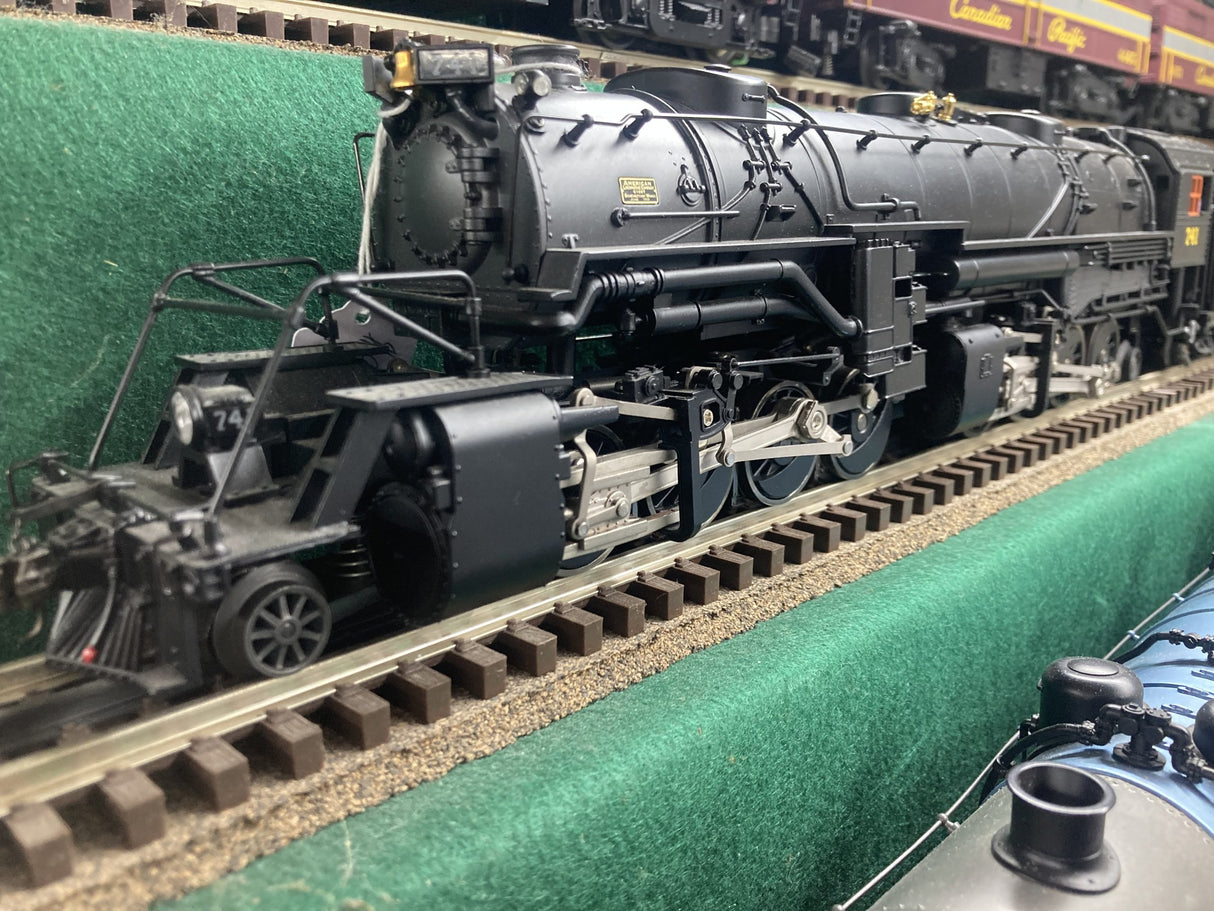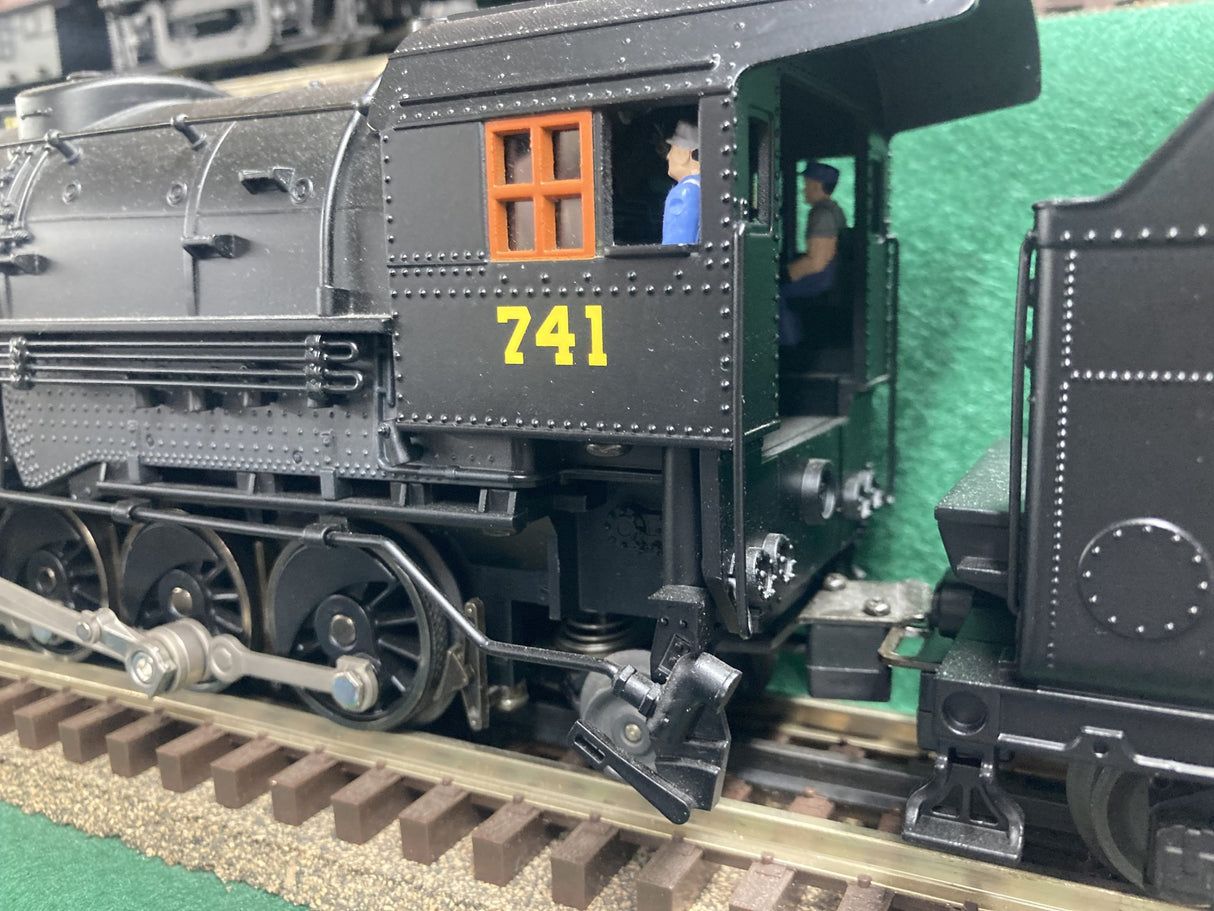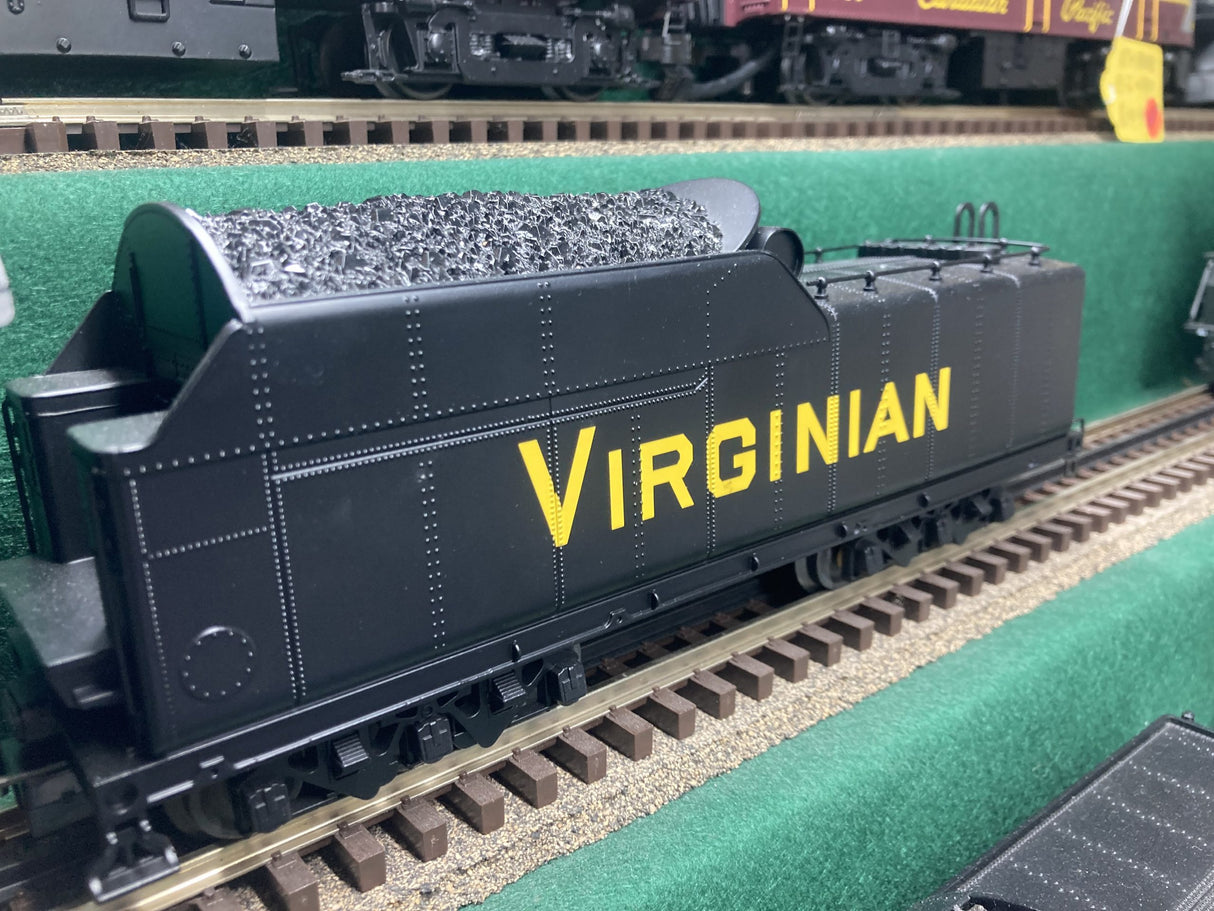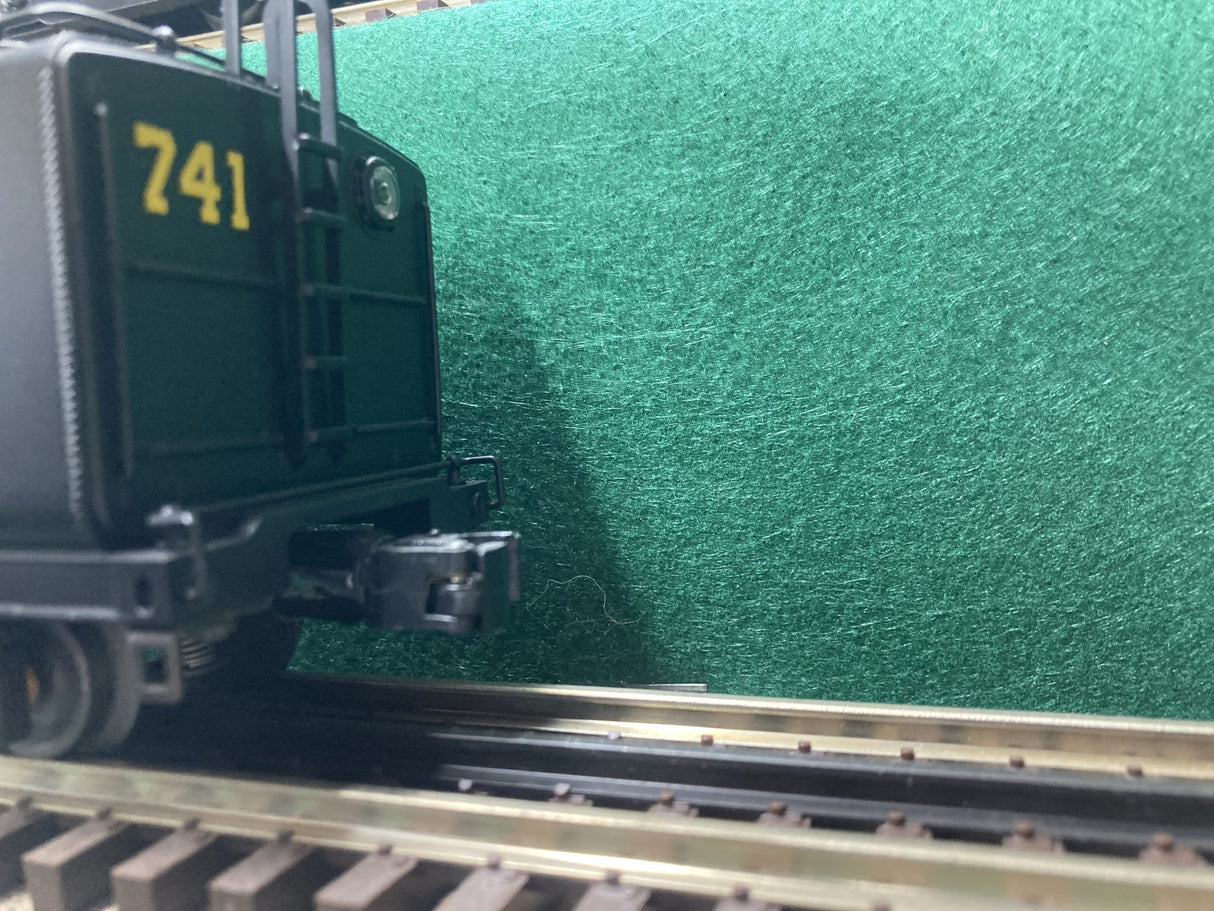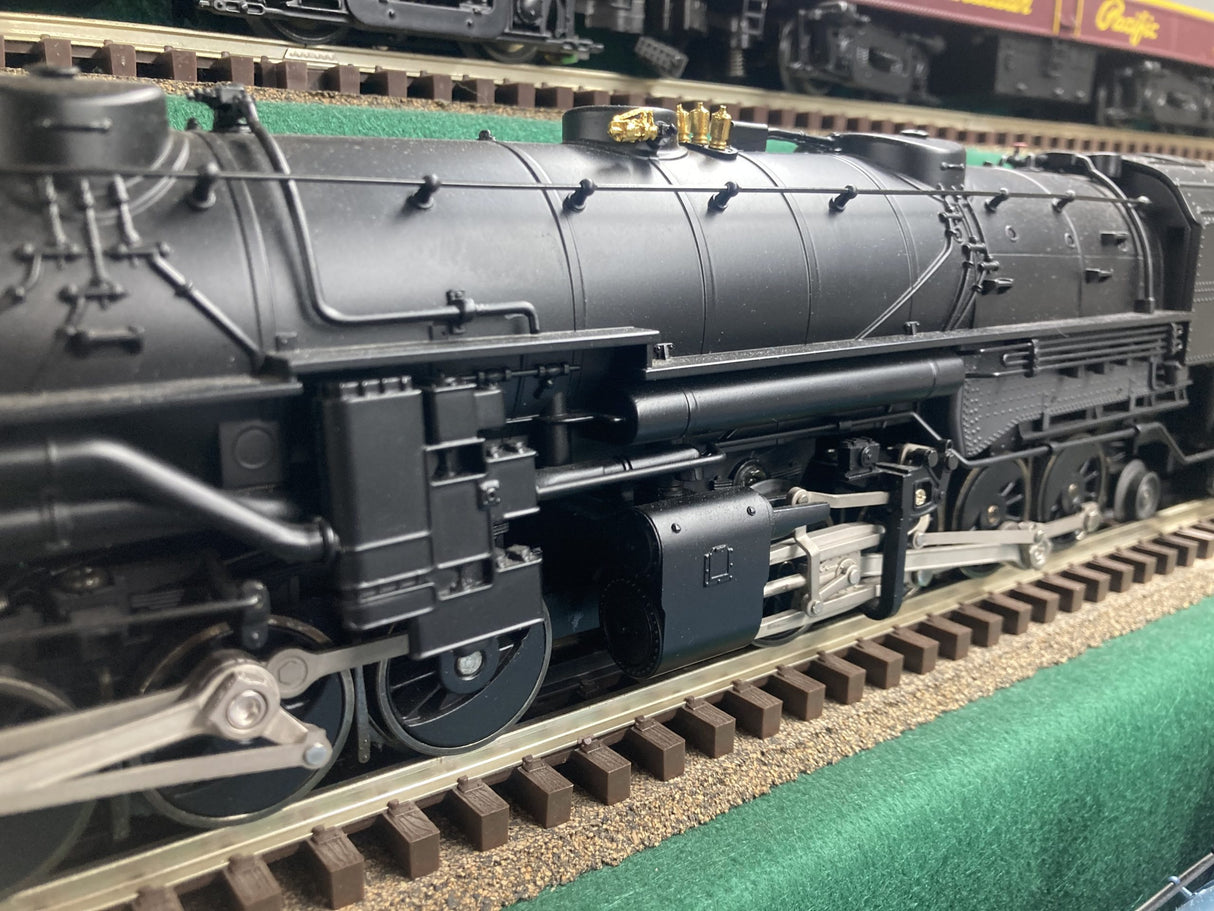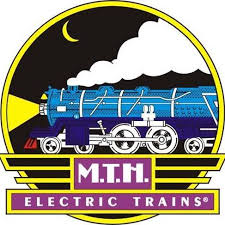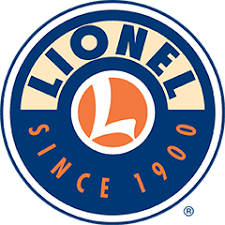Lionel 6-38032: VIRGINIAN USRA 2-8-8-2 #741 (TMCC)
Description
Description

-
- Die-cast metal tender body
- TrainMaster® Command Control equipped—able to run in Command Control Mode or in Conventional Transformer Control Mode
- Odyssey® System for speed control
- ElectroCoupler™ on rear of tender
- Die-cast metal locomotive frame
-
- Directional lighting including operating headlight, operating back-up light on rear of tender and operating marker lights
- Lighted number boards
- Authentically detailed and illuminated cab interior
- Flickering firebox in cab
-
- Wireless Tether connection between locomotive and tender
- Scale front coupler with interchangeable O-Gauge coupler
- Spoked pilot wheels
- Fan-driven smoke unit
- Separately applied metal details
- Painted exterior valve handles
- Accurate, separately applied builder's plates
- Variable ashpan glow
- Cab window glass
- Engineer and fireman figures
-
- High-torque Pittman® motor with momentum flywheel
-
- RailSounds™ sound system with CrewTalk™ communication, TowerCom™ announcement and DynaChuff™ synchronized chuffing
-
- Four traction tires
- Die-cast metal tender trucks'
- Comes with Original Box
- Grade: C-8
Grading Details:
C-10 Mint – Brand New: All original, unused and unblemished.
C-9 Factory New – Brand New: all original, unused, may evidence factory rubs and the slightest evidence of handling, shipping and having been test run at the factory.
C-9 New-Old-Stock: all original, unused, and typically out of production and may evidence factory rubs and shows considerable evidence of handling, shipping and aging.
C-8 Like New: Complete all original. No rust, no missing parts, may show effects of being on display and/or age, may have been run.
C-7 Excellent: All original minute scratches and paint nicks, no rust and no missing parts. No distortion of component parts.
C-6 Very Good: Minor scratches and paint nicks, minor spots of surface rust, free of dents. May have minor parts replaced.
C-5 Good: Sign of play wear with scratches and minor paint loss. Small dents, minor surface rust. Evidence of heavy use.
C-4 Fair: Scratched. Moderate paint loss, dented missing parts, surface rust. Evidence of heavy use.
C-3 Poor: Requires major body repair. Heavily scratched, major rust and missing parts. Restoration candidate.
C-2 Restoration required: Restoration required.
C-1 Junk, parts value only: Junk, parts value only
Payment & Security
Payment methods
Your payment information is processed securely. We do not store credit card details nor have access to your credit card information.


